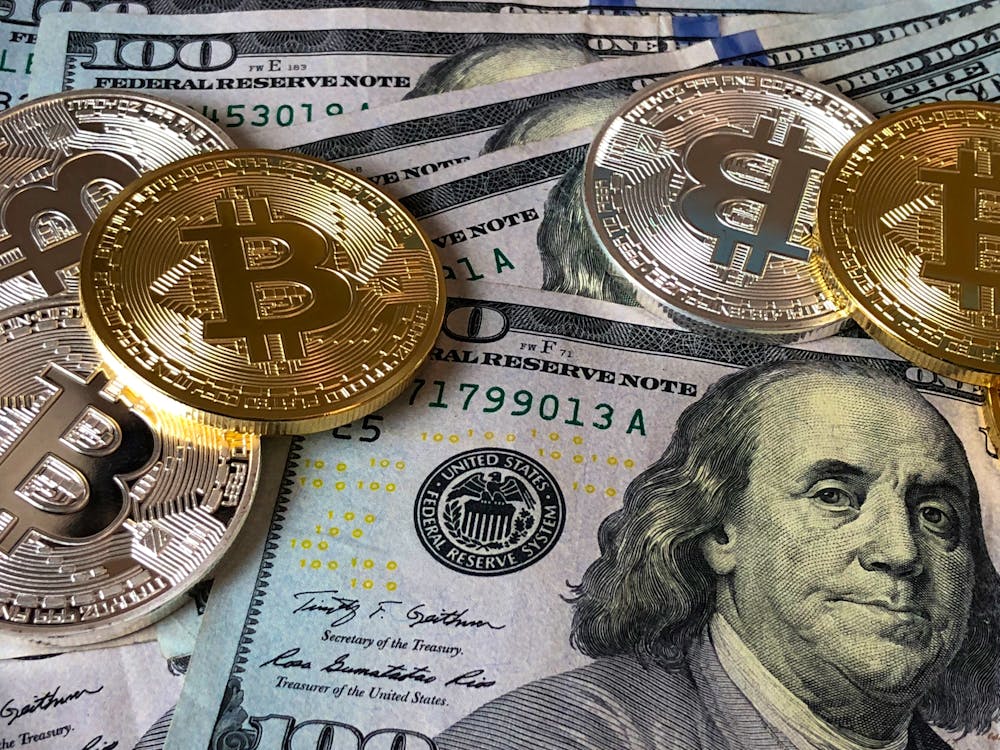The Market That Was Worth More Than a Small Country
For years, the Counter-Strike skin market hasn’t just been a place to get cool-looking guns. It has been a full-blown, unregulated global economy. With rare skins selling for hundreds of thousands of dollars and a total market capitalization that recently peaked at an astonishing $6 billion, it was a digital financial ecosystem unlike any other [342][350]. And on October 22, 2025, Valve set it on fire.
With a single, seemingly player-friendly update, the company triggered a cataclysmic market crash, wiping an estimated $1 billion-and by some reports, nearly $2 billion-from the market’s total value in a matter of hours [332][336][345]. For the thousands of collectors and high-stakes traders who had invested fortunes into their digital armories, it was a devastating “rug pull” that came directly from the game’s creators [331].

The Update That Broke the Economy
So, what was this game-breaking change? On the surface, it sounded like a dream come true for many players. The update introduced the ability to “trade up” for knives and gloves [333]. For the first time, players could take five less-rare “Covert” (red tier) skins and trade them in for one “Exceedingly Rare” (gold tier) item-a knife or a pair of gloves-from the same collection [338].
Previously, these gold-tier items were the holy grail, obtainable only through the infinitesimally small chance of opening them in a weapon case. This rarity was the bedrock of their value, making them the digital equivalent of luxury watches or fine art. By creating a direct, craftable path to obtaining them, Valve fundamentally altered the laws of supply and demand that had governed the market for a decade.
Chaos, Panic, and a Billion-Dollar Freefall
The aftermath was instantaneous and brutal. An army of players and bots immediately flooded the market, buying up the cheapest Covert skins to use as trade-up fodder. The price of these previously low-value skins skyrocketed, with some jumping more than 1000% in minutes [333].
Simultaneously, the perceived influx of new knives and gloves caused a massive wave of panic selling at the high end of the market. Fearing their six-figure investments were about to become worthless, collectors and traders began desperately undercutting each other to cash out. The prices of the most coveted knives plummeted by 50% to 70% [343]. Third-party trading sites, unable to cope with the volatility, were forced to suspend all purchases [333]. When the dust settled, the market cap had cratered, losing a sum of money larger than the GDP of some small nations.

Is the Market Doomed?
While the initial crash was terrifying, some analysts are urging caution. The panic was based on the assumption that knives would become common, but the math tells a different story. For a trade-up to be profitable, the combined cost of the five Covert skins must be less than the value of the knife you get. As Covert skin prices have exploded, this is no longer the case for most collections. The market is already self-regulating.
Experts at trading platform CSFloat estimate that even in a worst-case scenario, the total supply of rare items would only increase by about 20-30%, not enough to justify the massive price collapse [343]. The crash was driven by fear, not fundamentals. While prices for top-tier items will likely settle at a new, lower baseline, the market itself is not dead. It has just been violently reminded of who is really in charge.
FAQs
What was the big CS2 update?
Valve added a new feature allowing players to trade five “Covert” (red) rarity skins for one “Exceedingly Rare” (gold) item, such as a knife or gloves, from the same collection.
How much did the CS2 skin market crash?
The total market capitalization of all CS2 skins dropped by an estimated $1 billion to nearly $2 billion overnight, down from its peak of over $6 billion.
Why did the market crash?
The new, easier method of obtaining knives and gloves created a perception that they would become much more common. This led to widespread panic selling from investors and collectors, causing prices for high-end items to plummet.
Are my valuable skins worthless now?
No, not worthless. The prices for many high-tier knives and gloves have dropped significantly (some by over 50%), but the market is expected to stabilize at a new, lower price point as the cost of trade-ups self-regulates.
Is this update good or bad for players?
It’s complicated. It’s potentially good for average players who now have a clearer path to obtaining a rare item. It’s devastating for high-end collectors and traders who saw the value of their collections evaporate overnight.
Did Valve do this on purpose?
Valve has not commented on its motives. It could have been an attempt to democratize rare items, disrupt third-party markets, or simply an unforeseen consequence of a new feature.
Conclusion
The great CS2 market crash of October 2025 will go down in gaming history. It’s a landmark event that serves as a brutal lesson in the volatility of digital economies. With a single line of code, Valve demonstrated its absolute power over a multi-billion dollar market that, until now, felt largely player-driven. While the market will eventually find its new normal, the trust of its most dedicated and high-spending participants has been shaken to its core. It’s a stark reminder that in any digital world, the developer is the ultimate authority, and the house, as they say, always wins.
